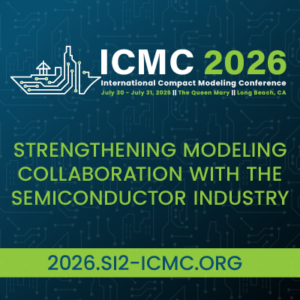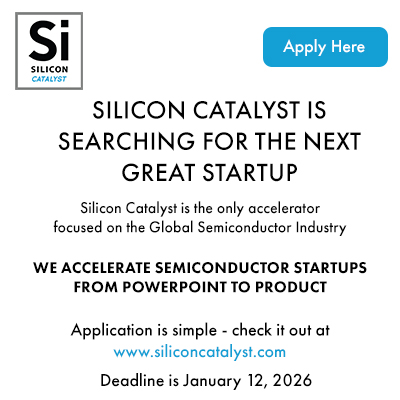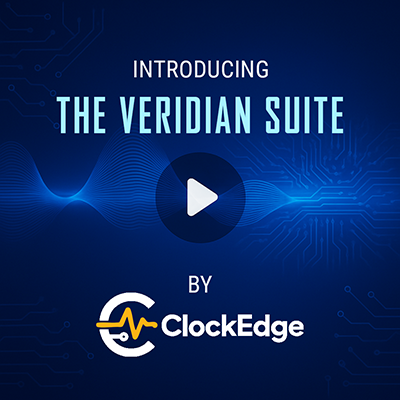There are significant advances in communication protocols happening all around us. The Peripheral Component Interconnect Express (PCIe) Gen 5 standard is delivering the needed device-to-device performance to support artificial intelligence and machine learning applications as well as cloud-based workloads. The rapidly… Read More
Author: Mike Gianfagna
SmartDV Expands Its Design IP Portfolio with an Acquisition
Back in April, I posted a blog about SmartDV, The Quiet Giant in Verification IP and More. This is a story about the “more” part of that statement. Acquisition activity in the semiconductor sector has been quite brisk this year. A bright spot in what could otherwise be a sometimes-overwhelming series of bad news. Acquisition has … Read More
Analog Bits is Taking the Virtual Holiday Party up a Notch or Two
As 2020 comes to a close, I hear a lot of chatter about virtual meeting fatigue; “I’m Zoomed out”. We’ve all attended virtual versions of conferences this year with various degrees of success. Overall, I have to say these events are getting better. Semiconductor and EDA folks have a way of adapting and inventing, and it’s showing … Read More
NetApp’s FlexGroup Volumes – A Game Changer for EDA Workflows
In my prior post on NetApp, I discussed how the company’s FlexCache technology can keep distributed design teams in sync. Coordination and collaboration are critical elements of any complex design project. The ability to deliver results quickly while managing the massive amounts of data is also a critical element of success.… Read More
Flex Logix Expands Its eFPGA Footprint with a Low Power Comms Design Win from OpenFive
Embedded FPGA use is on the rise. The programmability offered by this kind of IP finds many applications in complex SoCs. There was a recent announcement that OpenFive had licensed Flex Logix’s eFPGA to develop a low power communications SoC. The part required a large eFPGA. The news was reported on SemiWiki here. This announcement… Read More
Silicon Catalyst’s Semi Industry Forum – All-Star Cast Didn’t Disappoint
A few weeks ago I wrote about an upcoming event Silicon Catalyst was hosting, the Semiconductor Industry Forum – A View to the Future. I mentioned a high-profile group of presenters: Don Clark, Contributing Journalist, New York Times as moderator; Mark Edelstone, Chairman of Global Semiconductor Investment Banking, Morgan… Read More
Synopsys is Extending CXL Applications with New IP
Compute Express Link (CXL), a new open interconnect standard, targets intensive workloads for CPUs and purpose-built accelerators where efficient, coherent memory access between a host and device is required. A consortium to enable this new standard is in place, and a lot of heavy hitters are behind the standard, including … Read More
Close the Year with Cliosoft – eBooks, Videos and a Fun Holiday Contest
‘Tis the season, a time when a lot of companies summarize the year, send out holiday greetings and generally wind down until after the New Year. That’s not the case at Cliosoft. Their marketing machine has been in full gear with lots of new, useful and compelling content. I’ll provide a round-up of what’s happening. You can close… Read More
Alphawave IP is Enabling 224Gbps Serial Links with DSP
Alphawave IP is a new member of the SemiWiki community. You can learn about the company and their CEO, Tony Pialis in this interview by Dan Nenni. Design & Reuse did a virtual IP-SOC Conference recently and Tony presented. The D&R event had a very strong lineup of presenters. They supplemented the prepared video presentations… Read More
Altair Expands Its Technology Footprint with I/O Profiling from Ellexus
Altair is a broad-based technology company with an ambitious vision. As stated on their website: Our comprehensive, open-architecture solutions for data analytics, computer-aided engineering, and high-performance computing (HPC), enable design and optimization for high performance, innovative, and sustainable products… Read More


















Quantum Computing Technologies and Challenges